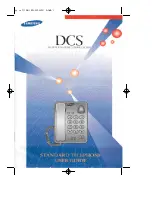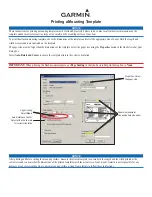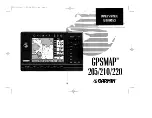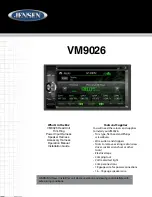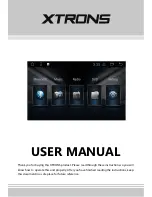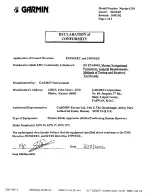
190-01878-02
GMA 342/345 Installation Manual
Rev. 5
Page 2-7
2.4.3 Installation Approval Considerations for Pressurized Aircraft
Antenna and cable installations on pressurized cabin aircraft require FAA approved installation design and
engineering substantiation data whenever such installations incorporate alteration (penetration) of the
cabin pressure vessel by connector holes and/or mounting arrangements.
For needed engineering support pertaining to the design and approval of such pressurized aircraft antenna
installations, it is recommended that the installer proceed according to any of the following listed
alternatives:
1. Obtain approved antenna installation design data from the aircraft manufacturer.
2. Obtain an FAA approved Supplemental Type Certificate (STC) pertaining to and valid for the sub
-
ject antenna installation.
3. Contact the FAA Aircraft Certification Office in the appropriate Region and request
identification of FAA Designated Engineering Representatives (DERs) who are
authorized to prepare and approve the required antenna installation engineering data.
4. Locate an appropriate consultant FAA DER, by reviewing the “FAA Consultant DER
Directory”, which can be found at the FAA “Designee and Delegation” web page.
5. Contact an aviation industry organization such as the Aircraft Electronics Association and request
their assistance.
2.5 Cabling and Wiring
Cabling and Wiring
Refer to the interconnect examples in
In some cases, a larger gauge wire such as AWG #18 or #20 may be needed for power connections. If
using AWG #18 barrel contacts, ensure that no two contacts are mounted directly adjacent to each other.
This minimizes the risk of contacts touching and shorting to adjacent pins and to ground.
Use wire and cable meeting the applicable aviation regulation. When routing wire and cable, observe the
following precautions:
• Keep wire and cable as short and direct as possible
• Avoid sharp bends
• Avoid routing near power sources (e.g. 400 Hz generators, trim motors, etc) or near power of
fluorescent lighting
• For Power and Ground use 2 individual wires for the units to the power source. Do not splice 2
wires to one at the unit for power and ground.
NOTE
Avoid installing the unit near heat sources. If this is not possible, ensure that additional
cooling is provided. Allow adequate space for installation of cables and connectors. The
installer will supply and fabricate all of the cables.
2.6 Electrical Bonding
Electrical equipment, supporting brackets, and racks should be electrically bonded to the aircraft’s main
structure. Refer to SAE ARP 1870 section 5 when aluminum surface preparation is required to achieve
electrical bond. An equivalent OEM bonding procedure may also be substituted. The electrical bond
should achieve direct current (DC) resistance less than or equal to 2.5 milliohms to local structure to where
the equipment is mounted. Compliance should be verified by inspection using a calibrated milliohm
meter.
































